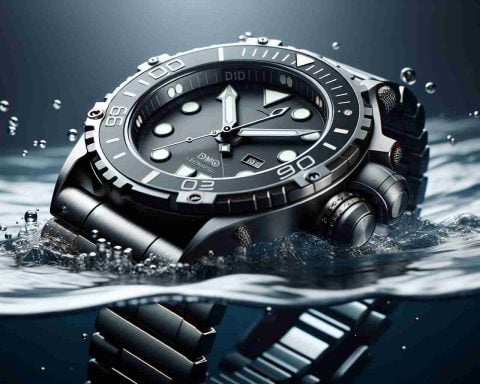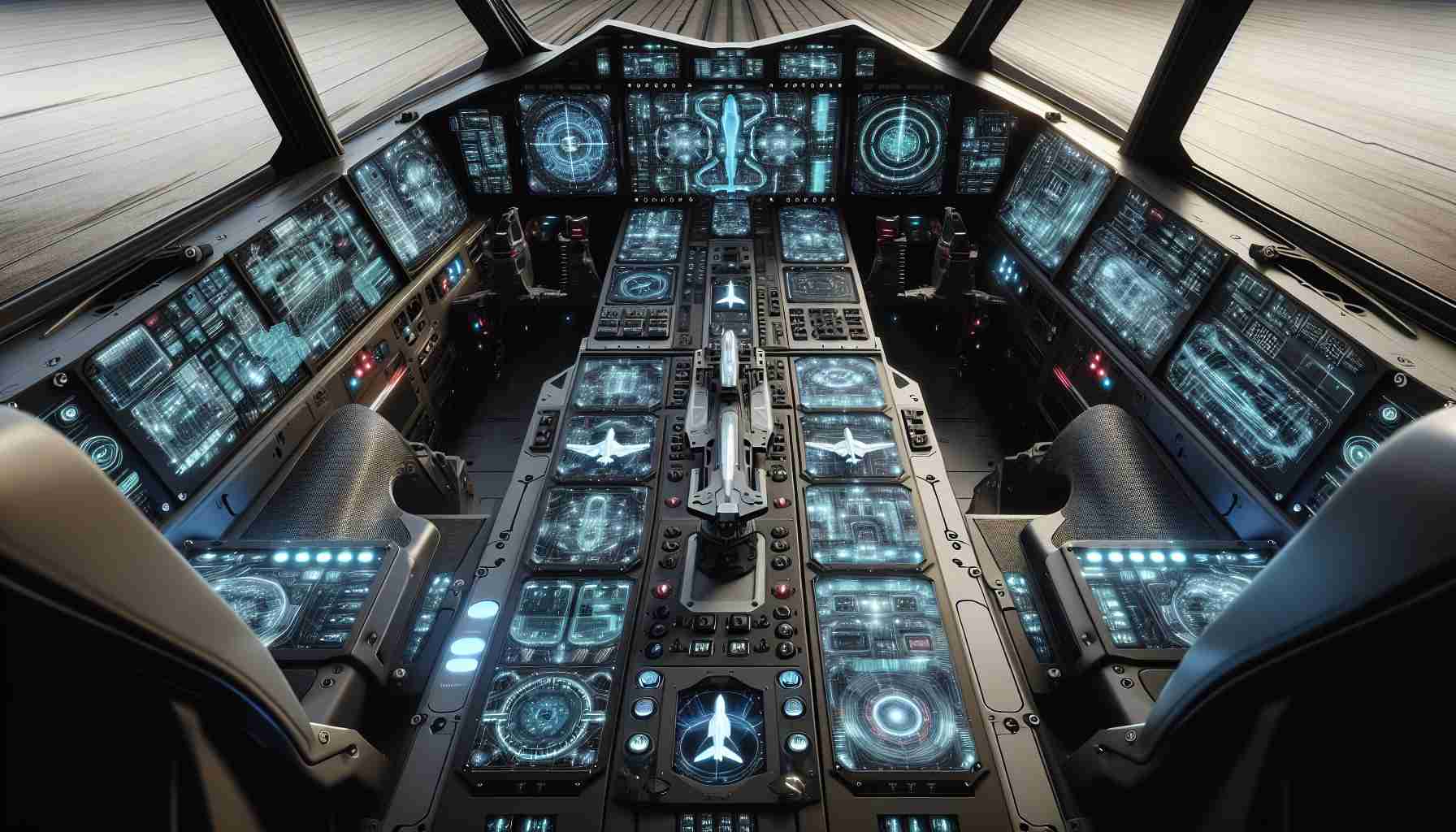In the realm of modern military aviation, the Sukhoi Su-57 and the Lockheed Martin F-35 stand as two of the most advanced stealth fighter jets, representing Russia and the United States, respectively. This comparison examines their design philosophies, operational capabilities, and technological advancements to shed light on their strengths and weaknesses.
Design Philosophy and Role
The Sukhoi Su-57, also known as PAK FA, was developed primarily as a fifth-generation multirole stealth fighter. Its design emphasises air superiority, ground attack capabilities, and versatility in combat situations. The aircraft is equipped with dual engines, a blended wing body, and a focus on super-manoeuvrability, intended to outperform adversaries in air-to-air combat while also executing precision ground strikes.
On the other hand, the F-35 Lightning II, which comes in three variants (F-35A, F-35B, and F-35C), is designed with a strong emphasis on multirole capabilities and interoperability among allied forces. The F-35 incorporates advanced avionics and sensor fusion technology, which allows it to collect and disseminate battlefield data in real-time to other units, enhancing situational awareness significantly. Its stealth features are complemented by vertical takeoff capabilities in the case of the F-35B variant, catering to diverse operational environments.
Stealth and Radar Signature
Both the Su-57 and F-35 incorporate advanced stealth technologies, but their approaches differ. The F-35 features a design optimised for low radar cross-section, utilising composite materials and coatings to minimise its visibility. Its shape and internal weapons carriage further enhance its stealth capabilities, making it difficult to detect by enemy radar systems.
The Su-57 also employs stealth features but simultaneously aims for superior aerodynamic performance. It has a larger radar cross-section compared to the F-35, relying on advanced manoeuvres to evade detection and engage targets. The Su-57’s radar-absorbent materials and design minimise its radar reflectivity, though it is often considered less stealthy than the F-35 in a frontal aspect.
Avionics and Sensor Systems
In terms of avionics, the F-35 is equipped with the AN/APG-81 AESA radar, one of the most advanced radar systems in the world, providing exceptional target tracking and multi-target engagement capabilities. It also features a Distributed Aperture System (DAS) that allows the pilot to have a 360-degree view of the battlefield, significantly improving situational awareness.
Conversely, the Su-57 employs the NIIP N036 Byelka radar system, which also includes AESA technology but is designed to enable high manoeuvrability in air combat scenarios. Additionally, the Su-57 boasts advanced electronic warfare capabilities, enhancing its ability to jam enemy radar and communications systems.
Performance and Maneuverability
The Su-57 is renowned for its super-manoeuvrability, enabled by thrust-vectoring engines that allow it to perform complex aerial manoeuvres that would be difficult for many fighters, including the F-35. This capability is particularly advantageous in dogfighting scenarios, where agility can play a critical role.
While the F-35 is designed with a slightly heavier airframe, it makes up for this with advanced flight control systems and integrated performance features. The F-35’s emphasis is on network-centric warfare, meaning it can engage in combat scenarios while relying on its advanced sensors and networked capabilities, even if it might lag behind in raw manoeuvrability.
Operational Flexibility
One of the standout features of the F-35 is its ability to operate from a wide range of air bases, including small carriers and forward operating bases, due to its vertical takeoff capabilities in the F-35B variant. This flexibility allows for rapid deployment and use in a variety of combat scenarios, making it a versatile choice for multinational operations.
The Su-57’s operational capabilities, while robust, are traditionally more reliant on air superiority missions and large-scale engagements. Its deployment strategy is closely tied to the Russian military’s structures and strategic needs, potentially limiting versatility in cooperative international operations compared to the F-35.
Conclusion
In conclusion, both the Sukhoi Su-57 and the Lockheed Martin F-35 represent significant advancements in fighter jet technology, yet each caters to different operational doctrines and military strategies. The F-35 excels in stealth, sensor integration, and multinational operations, while the Su-57 offers superior manoeuvrability and air superiority capabilities. As the geopolitical landscape evolves, the ongoing developments in these aircraft will continue to shape the future of aerial combat.
Tips, Life Hacks, and Facts About Modern Military Aviation
In the world of military aviation, understanding the nuances of advanced fighter jets like the Sukhoi Su-57 and Lockheed Martin F-35 can be fascinating and informative. Here are some tips, life hacks, and interesting facts that can enrich your knowledge and appreciation of modern military aviation.
1. Know the Basics
Before diving deep into comparisons like that of the Su-57 and F-35, familiarise yourself with basic terms and concepts in military aviation. Understanding what a “fifth-generation fighter” entails, along with terms such as “stealth,” “aerial engagement,” and “sensor fusion,” will enhance your comprehension of advanced aircraft capabilities and applications.
2. Use Online Resources for Research
For enthusiasts or students wanting to learn more, utilise reputable aerospace and defence websites. For instance, platforms like Lockheed Martin and Sukhoi Aviation provide detailed information and updates on their aircraft technologies. Consistently following these sources can give you insights into new developments and technological advancements.
3. Explore Flight Simulation Games
Engaging with flight simulation video games can provide an interactive way to understand combat aircraft capabilities. Games like DCS World and Microsoft Flight Simulator offer realistic scenarios where you can virtually pilot these advanced jets, helping you appreciate their manoeuvrability and technology in a fun and engaging manner.
4. Learn About the Global Impact
The development of stealth fighters like the F-35 and Su-57 goes beyond military prowess and affects international relations and defence economics. Researching how these fighters influence global military alliances or tensions can provide a broader perspective on their significance.
5. Stay Updated with Aviation News
Aviation technology is continually evolving. Subscribing to aviation magazines or following dedicated online news platforms can help you stay abreast of the latest advancements, flight tests, and geopolitical implications of new aircraft rollouts.
6. Attend Air Shows and Exhibitions
Participating in aviation exhibitions or air shows can be an eye-opening experience. You’ll have the opportunity to see these aircraft up close, often speak with experts, and learn about the latest technology developments directly from the source. Events like the Paris Air Show or Farnborough International Airshow are great places to start.
Interesting Fact: The F-35 is designed for multirole capabilities, meaning it can conduct various operations including attack, reconnaissance, and surveillance missions. In contrast, the Su-57 focuses more on air superiority, showcasing a fundamental difference in operational philosophy.
Conclusion
The world of military aviation is intricate and captivating, with formidable machines like the Sukhoi Su-57 and Lockheed Martin F-35 at the forefront. By employing these tips and exploring the suggested resources, you can further your understanding and appreciation of stealth fighter jets and their role in modern warfare. For more information on military technologies and updates, visit Defense.gov.






















